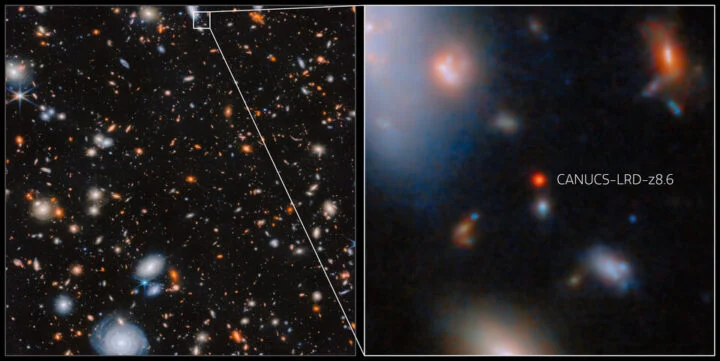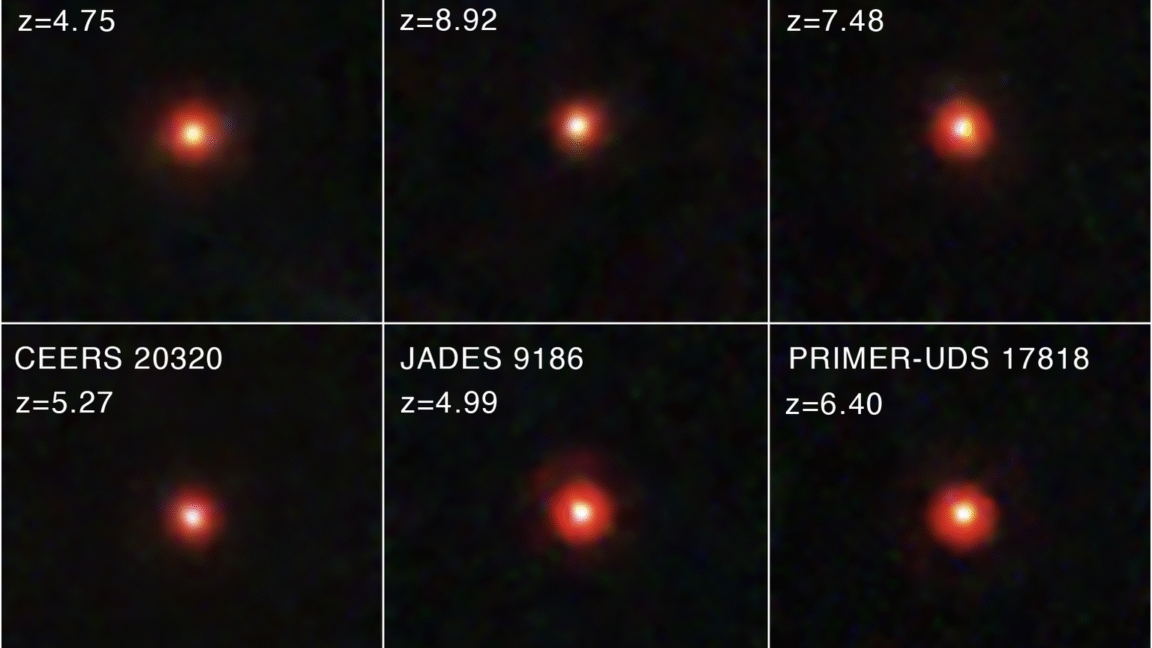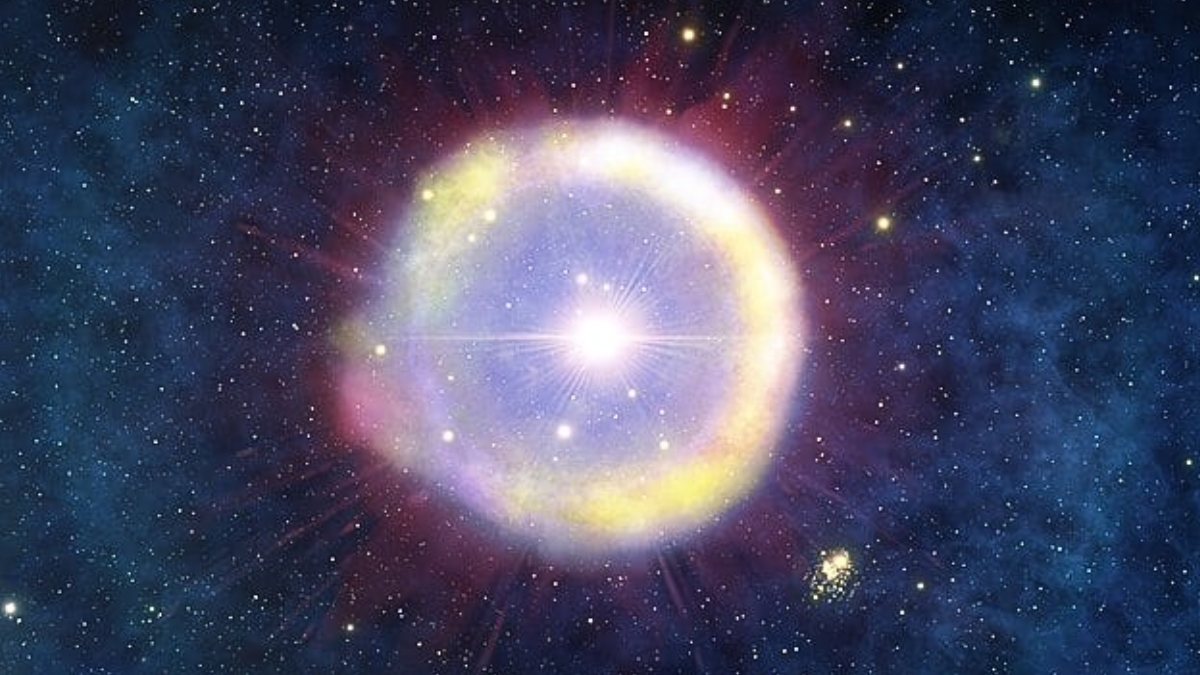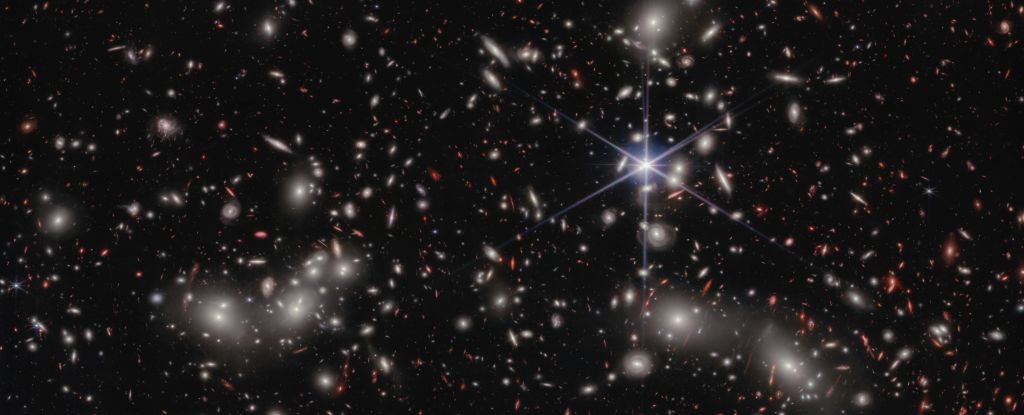
Researchers using the NASA/ESA/CSA James Webb Space Telescope have confirmed an actively growing supermassive black hole within a galaxy just 570 million years after the Big Bang.

Early superdense star clusters may have planted seeds for monster black holes.

A galaxy formed around 11 billion years ago that appears to be "metal-free", indicating that it might contain a set of elusive first-generation (Pop III) stars.

Astronomers using the NASA/ESA/CSA James Webb Space Telescope have discovered three ultra-massive galaxies -- nearly as massive as our own Milky Way Galaxy - already in place within the first billion years after the Big Bang.

According to data from the Hubble and James Webb Space Telescopes, the origins of the free-flying photons in the early cosmic dawn were small dwarf galaxies that flared to life, clearing the fog of murky hydrogen that filled intergalactic space.

Towards the center of the galaxy, two streams of stars nearly as old as the Universe have been discovered circling the heart of the Milky Way. These two streams have been named Shiva and Shakti.

NASA's new space telescope spotted a 13 billion-year-old galaxy that is much too complex to exist that early in the Universe.

Discovered in 2013 as the source of rampant star formation just 880 million years after the Big Bang, a 'galaxy' named HFLS3 is not a galaxy at all. HFLS3 is actually six galaxies undergoing an epic, giant collision at the dawn of time.

Astrophysicists working with the James Webb Space Telescope (JWST) have found a surprising amount of metal in a galaxy only 350 million years after the Big Bang.

A recent deep field image from the Webb Space Telescope features two galaxies. These galaxies are remarkable for their distance from Earth, being the second and fourth most distant galaxies ever observed.

Astronomers detected the most distant galactic magnetic field so far. The galaxy is called 9io9. Its light has to travel travel more than 11 billion years to reach us, from a time when the universe was a young 2.5 billion years old.

Astronomers have spotted an unusually distant star-forming galaxy, the light of which took a whopping 13 billion years to reach Earth. Perhaps most incredibly, however, the galaxy was observed directly, without gravitational lensing.

An international team of astronomers led by the University of Tokyo used ALMA to view 39 previously-undiscovered ancient galaxies, a find that could have major implications for astronomy and cosmology.